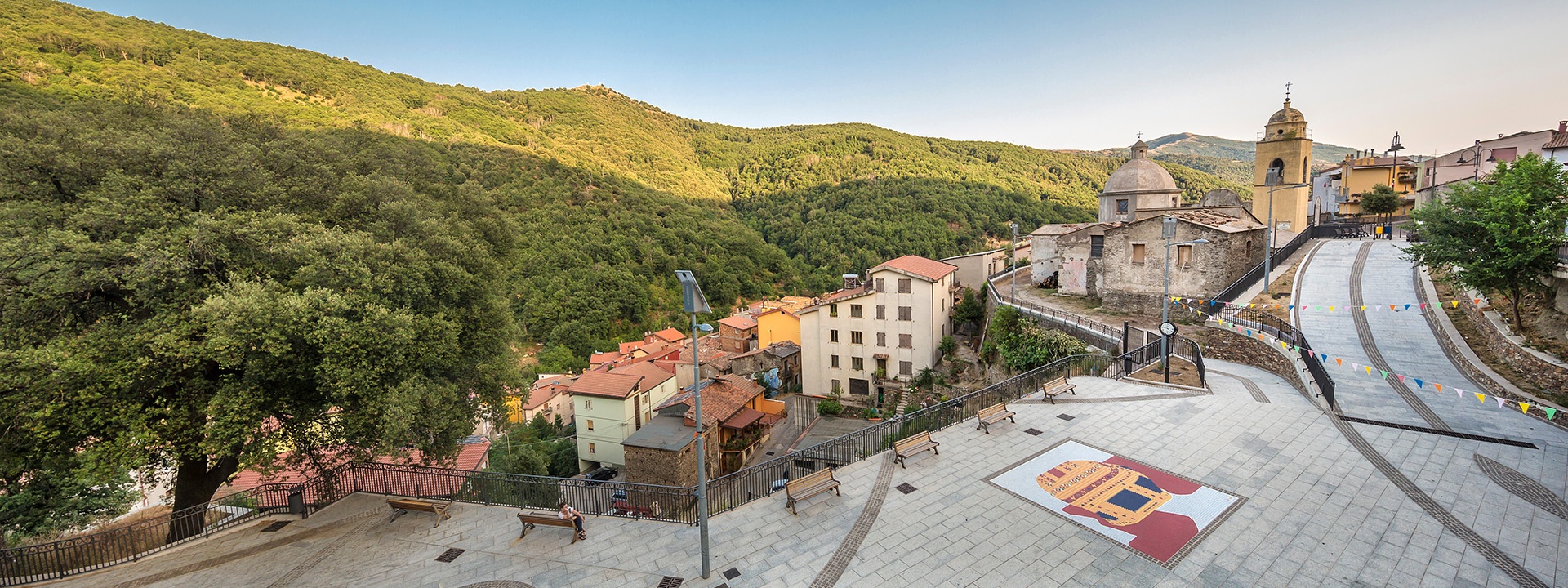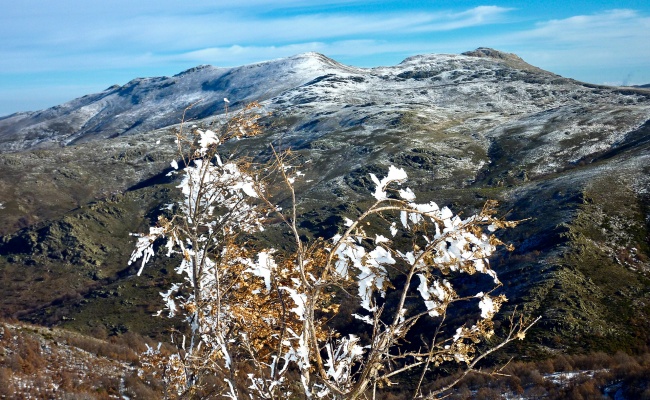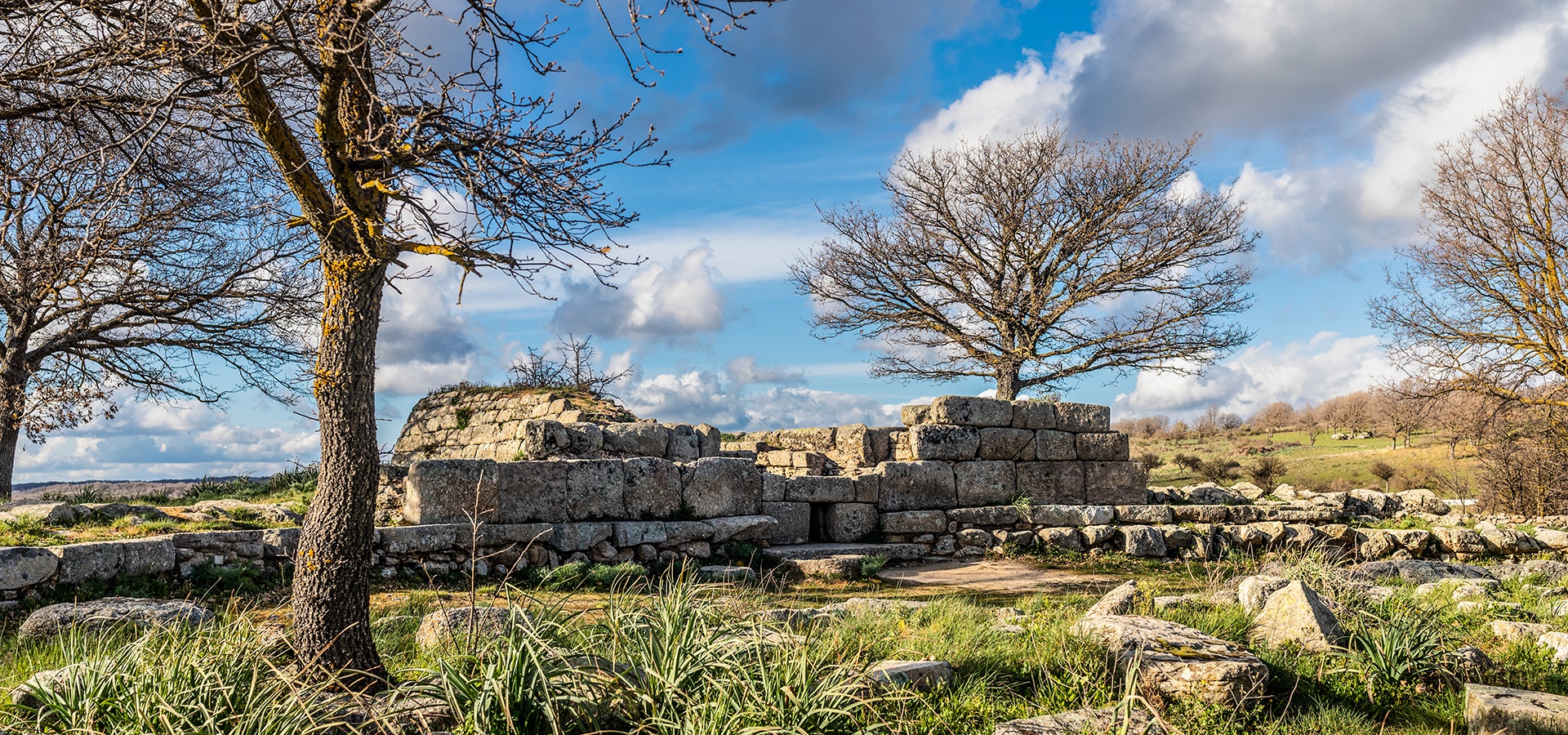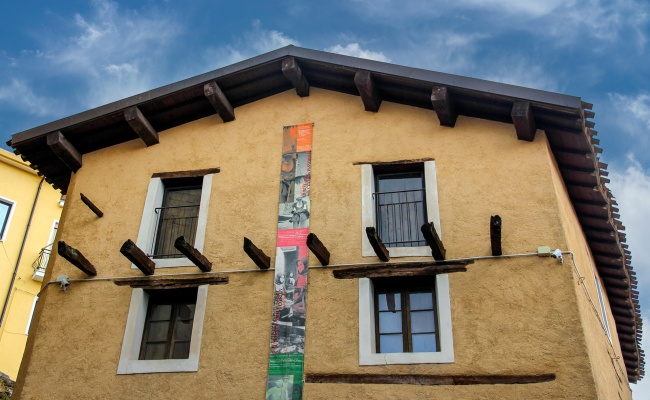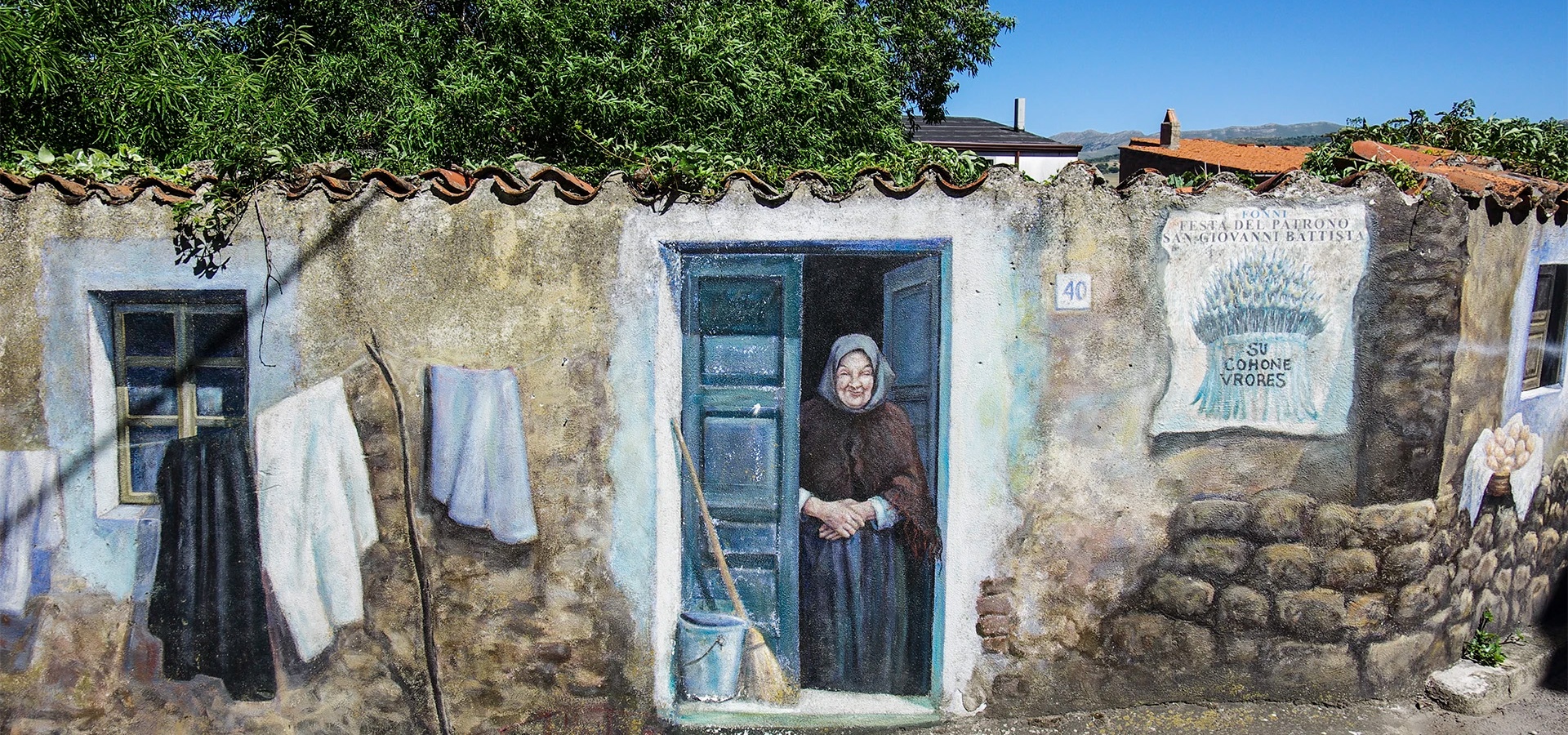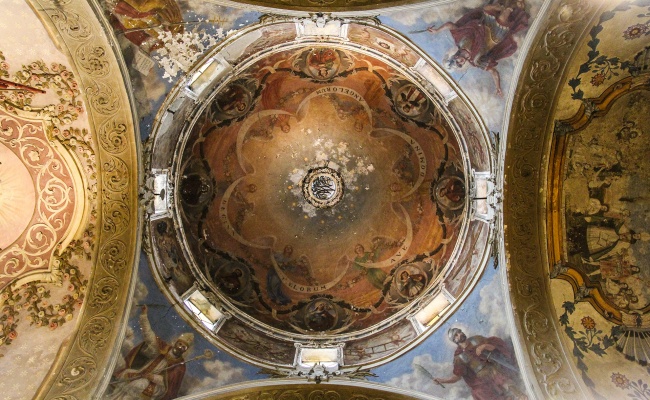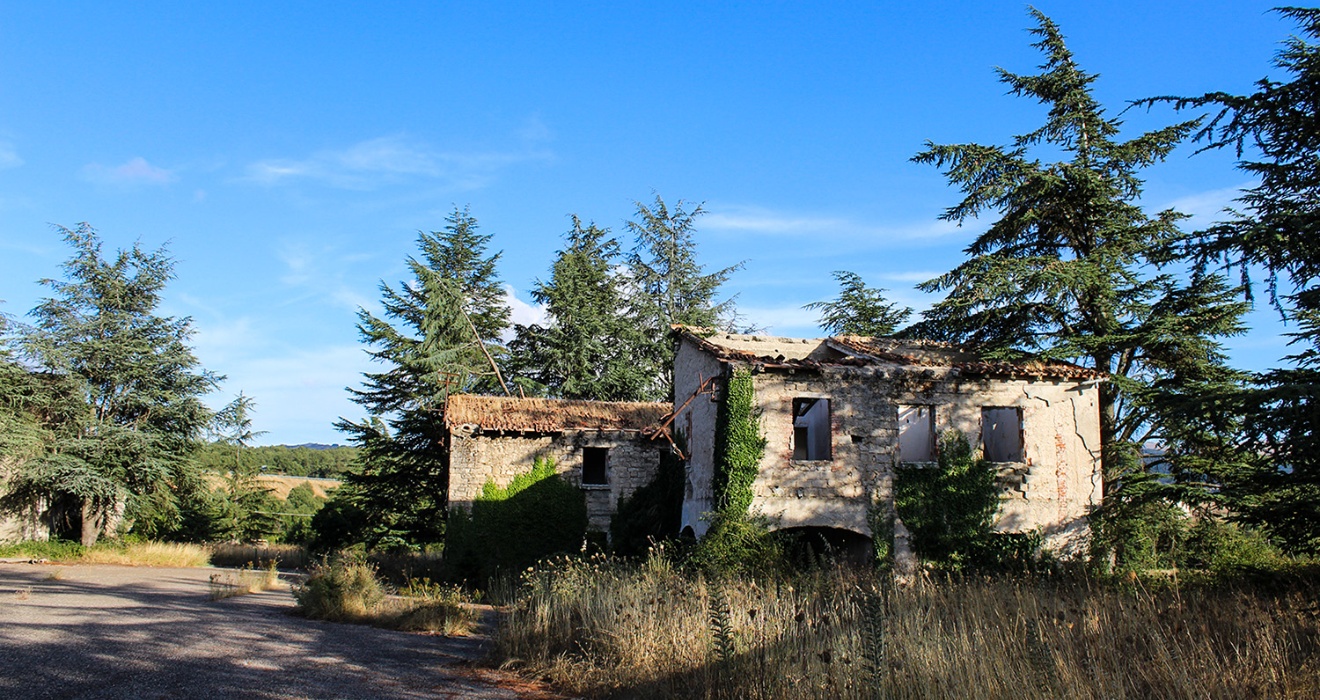Fonni
Description
Fonni is the island’s highest town, at more than 1,000 metres above sea level, and surrounded by spectacular mountains, including the majestic Gennargentu.
One site of particular interest is Gremanu-Madau, a settlement dating to between 1500 and 900 BCE with a surprising hydraulic system that was used to exploit the mountain springs for religious purposes and to supply the village.
While the Dronnoro Nuragh, of interest for both its structure and its surrounding landscape, comprises a central tower standing seven metres in height and two side towers linked by a bulwark that binds and protects the whole structure.
Between the first and second centuries BCE, to the north of Fonni, there was a mansio (an official stopping place) called Sorabile along the major Roman road that linked Olbia and Cagliari. This was also the site of a sanctuary dedicated to Silvanus, the deity who protected the sacred forest of Sorabile, in connection with the Barbagia cult of tree spirits.
Fonni’s old town is filled with typical mountain houses built in local stone, some of which still have their old wooden shingles.
The Museo della cultura pastorale, a museum devoted to pastoral culture, is housed in a nineteenth-century building, complete with original furnishings.
The town’s streets are decorated with beautiful murals depicting scenes of everyday life and local traditions.
The church of San Giovanni Battista, dating to the sixteenth century, is in one of the town’s original quarters and its partly in the Gothic style. During the feast of the church’s titular saint, John the Baptist, on 24 June, a ritual bread called su cocone de frores is made and carried in procession by knights dressed in traditional clothing.
The sanctuary dedicated to the Vergine dei Martiri (Virgin of the Martyrs), built in the eighteenth century, is part of a picturesque complex that also includes the monastery of San Francesco and the oratory of San Michele. The three buildings look onto a large square surrounded by the cumbessias that once hosted pilgrims.
In addition to its cultural traditions, Fonni also has much to offer those looking to enjoy nature and outdoor sports. The surrounding area is perfect for hikes and scenic walks, with trails leading to archaeological site and panoramic stopping points with spectacular views of the region.
Fonni is also home to the abandoned village of Pratobello, which was built for the families of soldiers who were slated to work at new, temporary firing ground between Fonni and Orgosolo.
However, in 1969, a week-long peaceful revolt resulted in the demolition of the firing ground and abandonment of the village.
Today, Pratobello is a ghost town, with ruins attesting to the historic event.
 Nuorese Cultural District
Nuorese Cultural District